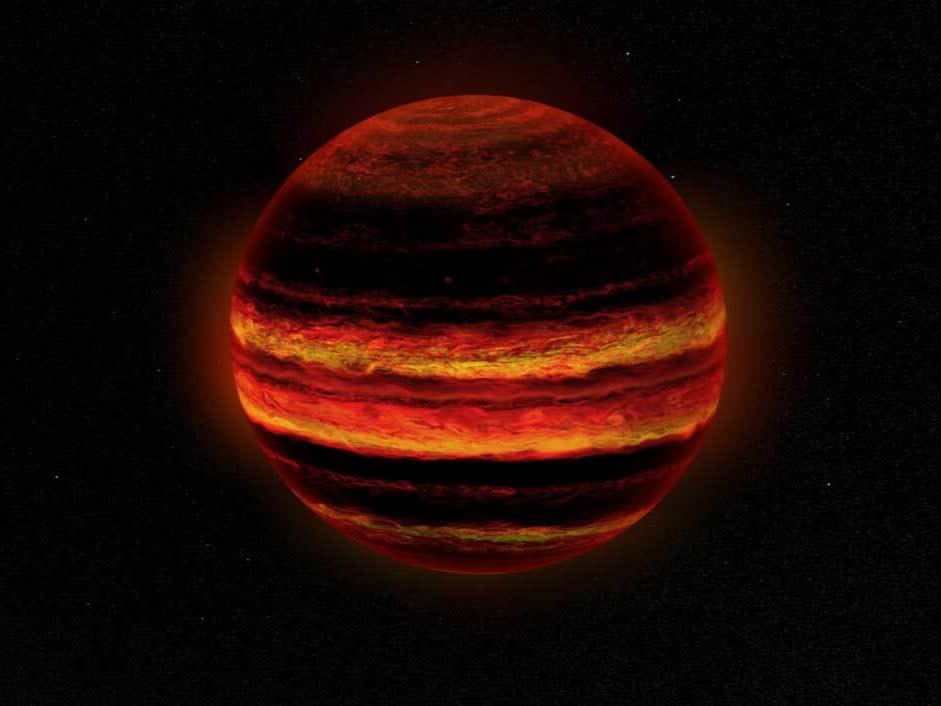Nasa Roman mission will be able to find ‘extreme planets’ using the xallarap effect

Nasa has announced that a new mission to probe exoplanets – new worlds outside of our solar system – could reveal hot Jupiters and brown dwarfs.
Nasa’s Nancy Grace Roman Space Telescope will use a gravitational effect called microlensing to detect the far-off planets in the heart of the Milky Way galaxy.
“We were thrilled to discover that Roman will be able to offer even more information about the planets throughout our galaxy than originally planned,” said Shota Miyazaki, a graduate student at Osaka University in Japan who looked into detecting the new bodies.
“It will be very exciting to learn more about a new, unstudied batch of worlds.”
The telescope would use the fundamental laws of the universe to get a closer look at interstellar objects.
When a huge object, such as a star, passes in front of a more distant star, light from the furthest body would curve around the closer one. This acts like a magnifying glass, with the closer star acting as a natural lens.
Microlensing is visible to astronomers as a temporary brightnening of the distant star when the two bodies are perfectly aligned, but by picking up the little shudders of interference in starlight, the scientists can infer the presence of planets.
“It’s called the xallarap effect, which is parallax spelled backward. Parallax relies on motion of the observer – Earth moving around the Sun – to produce a change in the alignment between the distant source star, the closer lens star and the observer”, said David Bennett, who leads the gravitational microlensing group at Nasa’s Goddard Space Flight Center
“Xallarap works the opposite way, modifying the alignment due to the motion of the source.”
This method can be used for planets as small as Mars with a wide range of orbits, and can reveal giant planets in tiny orbits known as hot Jupiters.
These bodies get their name from their giant size and intense heat, although scientists are unsure why they exist – something that these observations could shed light on.
“Failed stars”, also known as brown dwarfs, range from about 4,000 to 25,000 times Earth’s mass – too heavy to be planets, but not big enough to undergo nuclear fusion.
“We’ve found a lot of planetary systems that seem strange compared with ours, but it’s still not clear whether they’re the oddballs or we are,” said Samson Johnson, a graduate student at Ohio State University in Columbus and a co-author of the paper published in The Astronomical Journal studying this process.
“Roman will help us figure it out, while helping answer other big questions in astrophysics.”
Read More
Halted rocket test could stall NASA moon shot, redo possible
Nasa investigates galaxy that mysteriously shoots flares
SpaceX, Nasa, and other rocket launches to look out for in 2021

 Yahoo Finance
Yahoo Finance 